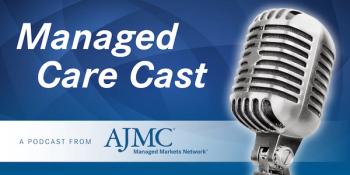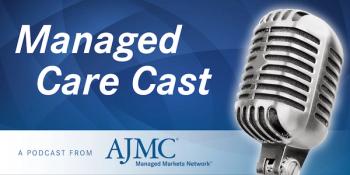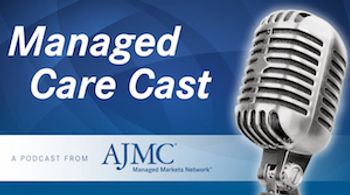
Employers
Latest News

Greater Work Impairment, Comorbidity Burden Linked With Concomitant Psoriasis, PsA

What We're Reading: Vaccine Mandate Hold Extended; Medicare Premiums Spike; Booster Eligibility Expands
Latest Videos

Podcasts
CME Content
More News

Provision of enhanced access to behavioral health services by a large employer to its employees is associated with reductions in all-cause care utilization and cost.

The Academy of Sleep Medicine and the Sleep Research Society issued guiding principles for employers on designing optimal work shift durations in the workplace, which address risk factors, countermeasures, and shared decision-making implications.

In this episode of Managed Care Cast, the lead author of an article in the July issue of The American Journal of Managed Care describes the latest research that looks at the power of self-insured employers to negotiate hospital prices and the relationship between employer market power and hospital prices.

This study examines the ability of self-insured employers to negotiate hospital prices and the relationship between hospital prices and employer market power in the United States.

Health insurance companies are anticipating a swell in pent-up demand for delayed or forgone health services in 2020, as well as increased costs associated with distributing COVID-19 vaccines to millions of Americans. To offset the potentially precarious business impact caused by these converging factors, insurers are turning to technology for help.

Patients worldwide are reluctant to visit clinics and hospitals amid fears of COVID-19. Implementing virtual care capabilities can not only relieve the patients of this fear by minimizing in-person exposure and preventing the virus from spreading, but also improve patient-centered care delivery.

Agility has long been a big buzzword, but its salience and importance has been growing. Gallup’s research on agility finds that there are 7 fundamental shifts common to highly agile leaders—driving these changes through a hospital can help significantly advance a culture of agility.

The Accurate Healthcare Insights survey identified notable changes in human resources policies and practices for health care organizations during the pandemic, with technology use projected to increase by 60% compared with prepandemic levels.

On this episode of Managed Care Cast, we speak with the author of the annual PwC Behind the Numbers report, which looks ahead at medical cost trends in the United States.

A new study from Milliman investigated the potential financial impact if H.R.3, the Elijah E. Cummings Lower Drug Costs Now Act, was fully implemented.


Stakeholders discuss barriers and solutions to employer engagement on value assessment, which includes redefining goals to that of the employer and patient, and moving beyond the scope of cost and clinical outcomes.

As working women have been disproportionately impacted by COVID-19, solutions to address what has been coined a “she-cession” include targeted communications, flexible work schedules, and increased education/tutoring resources.

In 2016, long working hours were associated with 745,000 deaths and 23.3 million disability-adjusted life-years from ischemic heart disease and stroke combined.

Priya Rajendran, BS, founder and CEO of S’moresUp and director of Product Strategy and Connected Experiences at Ford Motor Company, discusses employers’ efforts to support working moms.

This article is co-written by Suzanne Delbanco, PhD, MPH, executive director, Andréa Caballero, MPA, program director, and Julianne McGarry, MPP, director of projects and research, for Catalyst for Payment Reform, and Robert S. Galvin, MD, chief executive officer, Equity Healthcare, LLC.

As the COVID-19 pandemic has laid bare issues of rising high health care costs and disproportionate coverage nationwide, executive decision makers at large employers indicated their support for greater government intervention to address concerns.

A survey by West Health and Gallup found that Black workers and those making less than $48,000 in the United States were more likely to stay in unwanted jobs out of fear of losing their health benefits.

Ensuring that employees have the assistance and tools necessary to meet telehealth and behavioral health demands is vital to promote safety and health amid the pandemic, along with lowering or eliminating out-of-pocket costs that can steer people away from cancer screenings, therapies, or aspects of high-value care.

An analysis by the Integrated Benefits Institute estimates that the total cost of lost time from work due to the COVID-19 pandemic could reach $50.5 billion, marking a 117% increase from prior projections.

Through direct roundtable discussions between health care purchasers and physician practices, efforts have been made to align care provided in the community with the wants and needs of employees and patients.


In guiding employers on their education efforts regarding COVID-19 vaccines, a communication strategy characterized by fact checking, employee empowerment, and prevention is warranted.

A report by the Harvard Business Review found a significant gap between employee needs and employer benefit offerings for treatment of physical and emotional pain, with a holistic approach associated with savings of 50% on medical claims for back and joint care.

Several barriers continue to impede the transition to value-based payment, particularly administrative and clinical data connectivity, transparency of quality metrics and quality measures, and prioritization of social determinants of health.



















































